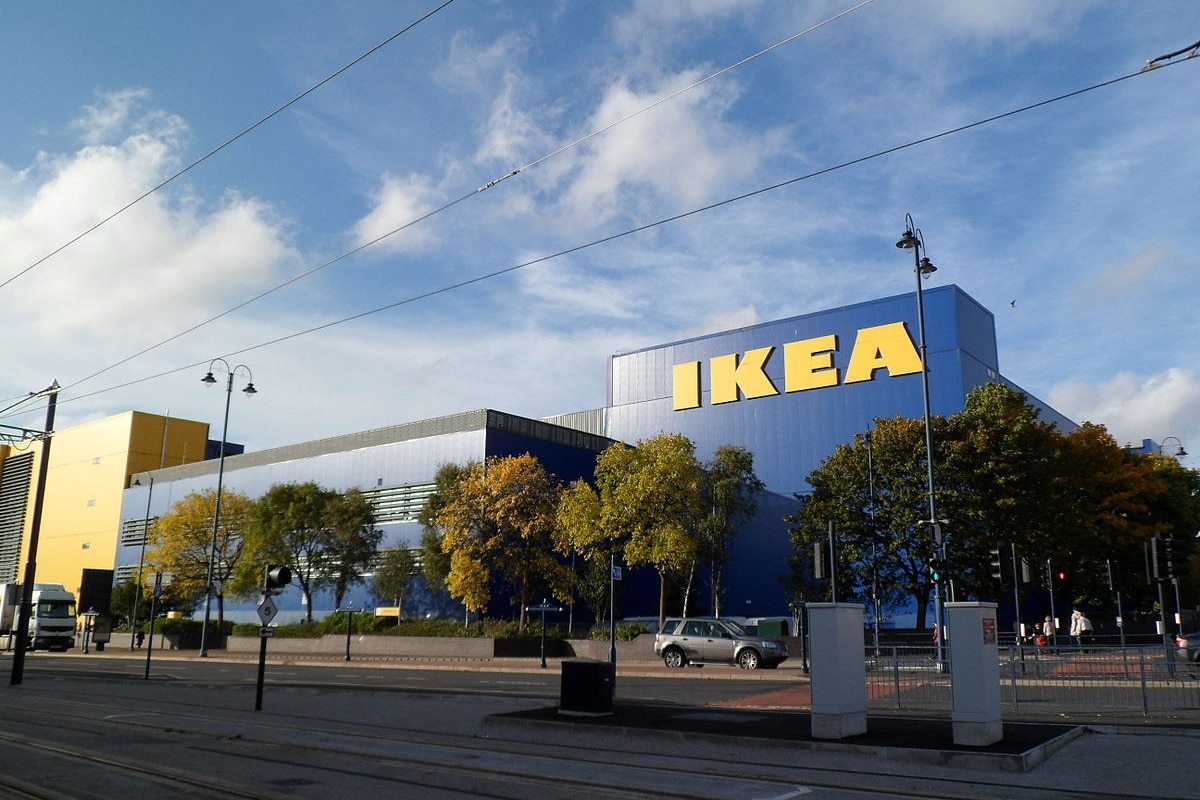In Europe, gas prices drop dramatically

Despite the continuing war in Ukraine and the multiplication of conflicts affecting international trade, particularly in the Red Sea, is the energy crisis really over? Despite Qatari ships carrying gas to the old continent moving away from the Suez Canal, taking a longer and more expensive route, fossil fuel prices continue to fall in the European market. Even the cold snap, which usually drives up prices due to an anticipated increase in demand, doesn’t seem to be bucking the trend. They are now back to their pre-crisis levels, with no delivery of Russian gas, Europe’s leading supplier, before 2022.
Indeed, on the main European exchange known as the TTF (Title Transfer Facility), the price of this hydrocarbon fell to 28 euros per megawatt hour (MWh) on January 19, 2024. A far cry from the 55 euros/MWh of November 2023, a month in which the decline was almost continuous. As a reminder, prices peaked at 277 euros/MWh at the end of August 2022, before fluctuating between 80 and 50 euros/MWh during 2023.
Even better: on the futures market, where transactions are established for delivery in the future (after 3 months to 5 years, with a price determined at the time of signing the contract), the situation becomes normal. Indeed, on Thursday, January 18, 1 MWh of gas was exchanged for less than 29 euros in February or March 2024. For the winter of 2025, it was necessary to calculate at 33.5 Euro/MWh, an amount close to the level known before 2021. In comparison, one MWh of gas was ordered for the first quarter in late 2022, the middle of the storm. 2023 was exchanged at …144 euros. ” We did not expect such a return a year ago », slides on Gallery Energy Market Analyst.
Decrease in consumption
But why so loose? As with electricity, this comes first from a significant drop in demand for gas, which reassures markets despite supply tensions. ” EU gas consumption fell by 8% year-on-year. From April to June 2023, (this) decreased further (65 billion cubic meters) and remained below the five-year consumption range from 2017 to 2021. », the European Commission noted in its quarterly report on the gas market on December 7.
A month earlier, in November 2023, the Brussels executive also announced that Twenty-Seven had reduced their gas demand by 18% compared to the average of the last five years, because ” Mostly structural “At the end of the month, the International Energy Agency raises a key issue: the Ukrainian crisis”. marked a turning point » For gas consumption in Europe, which ” should fall more » Further, the organization later confirmed in a release.
“Since then, the market has really relaxed, because no one anticipated such a decline,” comments Nicolas Leclerc, co-founder of energy consulting firm Omnigy for Businesses and Communities.
Compared to the period 2019-2021, gas consumption in Europe is expected to decrease by 12% in 2022, then by 18% and 20% in the first and second half of 2023, respectively, according to figures from the Bruegel Institute. As a reminder, in July 2022, member states agreed to voluntarily reduce their use of this fossil fuel by 15% compared to the five-year average between August 2022 and March 2023 – so a target exceeded.
Low industrial demand
However, the causes are difficult to identify precisely. Especially since this varies from one country to another: while in September 2023, Europe’s gas demand was 22% below the 2019-2021 average, this was mainly due to a decrease in household consumption in Germany (-43%, compared to -25% in France ), while in France, the main reason was the decrease in gas consumption in electricity generation (-46% , compared to -16% across the Rhine). And for good reason, in recent months, Germans have taken steps to forcefully electrify home heating, which is still largely dependent on hydrocarbons. While France, for its part, was able to rely more on its nuclear fleet to provide it with low-carbon electricity after the bottlenecks experienced in 2022.
It remains to be seen whether industrial demand has also been destroyed. According to Bruegel’s statistics, there is an average decrease of 22% in September 2023 compared to 2019-2021 (-19% in France, – 25% in Germany). However, at this stage, it seems difficult to discern what has resulted from better energy efficiency (not affecting productivity). And what might look like “demand destruction” (businesses that slow down or shut down production lines because energy becomes too expensive or too volatile).
Liquefied Natural Gas Res
Second, the relief, logically, comes from supply: deprived of Russian gas supplies by the main Pipeline, Nord Stream (and its successor Nord Stream 2 on which Berlin relied heavily), shifted to liquefied natural gas (LNG) transported by ship from around the world, not through the Twenty-Seven Pipe. However, this race to reassure markets continues at breakneck speed. ” In 2023, the EU was the world’s largest LNG importer with a 22% share of global LNG imports in Q2, ahead of China (18%) and Japan (15%). », the commission noted in its aforementioned December report. Indeed, American LNG exports reached a record high in 2023, even surpassing Qatar’s globally. And despite the harmful environmental impact of these shipments, they’ve still been exploding in recent weeks.
Moreover, Europe’s underground gas reserves, which it can mobilize if necessary, remain high. In fact, the occupancy rate was 77.5% as of January 19, compared to 44% for the same period in 2022, according to data from Gas Infrastructure Europe. It should be said that one of the immediate measures after the invasion of Ukraine was to increase these reserves to guarantee sufficient supplies. To this end, EU countries, within the Council, adopted a regulation in June 2022 to ensure that storage capacity is filled before the coldest months.
EU price caps have not allowed a recession
One question remains: Will this improvement last? Whether in the Middle East or Ukraine, it is impossible to say given the geopolitical uncertainty. One thing is certain: at the height of the crisis, it was not political reforms such as the EU’s promise to cap gas prices that led to the recession. But rather fundamental measures related to reduction in demand and increase in supply, which should also be sustained over time.
At the end of 2022, in fact, the president of the European Commission, Ursula von der Leyen, promised to cap the TTF and then withdraw from it, guaranteeing that a new reference index would replace it. End of March 2023 “According to” Better reflect the price ” ” It is not that we can lower the temperature by changing the thermometer. The basic problem is that demand is more dangerous than supply », then affirmed Gallery A gas supplier who requested anonymity said, “ The effect of advertising ” A year later and while the TTF is no longer in question, history has proven him right.






